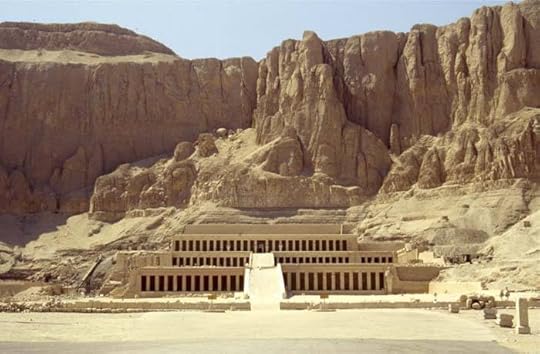Pippa DaCosta's Blog - Posts Tagged "writing"
New Year - New Challenges
I'm one of those frustrating people that loves January. While others bemoan the fact Christmas is over and the bills are piling up, I see January as the diving board suspended over a whole new year of opportunities and challenges. There will be ups and downs, there will be success and failure, but that's life and it's part of the journey.
I'm neck deep in editing three future books, I'm also a mother of two pre-schoolers, a wife and business owner. The days are never dull, that's for sure.
Time is an issue and distractions can be a killer but I've never been one to give in.
So, 2014, do your worst, I'm ready for you.
I'm neck deep in editing three future books, I'm also a mother of two pre-schoolers, a wife and business owner. The days are never dull, that's for sure.
Time is an issue and distractions can be a killer but I've never been one to give in.
So, 2014, do your worst, I'm ready for you.
Published on January 14, 2014 02:40
•
Tags:
2014, author, new-year, pippa-dacosta, writing
It's no secret... Murder, mystery, intrigue.

It's no scret that I love ancient Egyptian history. Writng the Soul Eater series gave me the opportunity to play in that sandbox. My only problem is that I often fall down a research rabbit hole and end up in Wonderland. Check out this astonishing nugget from Egyptian history...
Many of you will know the name Hatshepsut (Ace mentions her briefly in Soul Eater #3). If you don't, she was a female pharoah, one of the few female pharoahs in Egyptian history. Her mortuary temple sits at the entrance to the Valley of the Kings. She rose to power in place of her young nephew, Tutmosis III, who should have been crowned pharoah when he came of age. Hatshepsut was queen regent for three years, at which point she figured, screw that, I'm the pharoah now, deal with it.
As with all ancient Egyptian history, what follows is open to speculation and educated guesses, but what is known, is that as Hatshepsut rose in power, so did her advisor, Senenmut. Senenmut was a born to an insignificant family. He fell into favor with Hatshepsut and became the chief architect of various temples and monuments, including Hatshepsut's astonishing mortuary temple. But, Senenmut's and Hatshepsut's rise wasn't easy.
As Tutmosis came of age, he eyed the throne his aunt had 'stolen' and sought to undermine Hatshepsut's rule. Rumors were abound of Hatshepsut's relationship with Senenmut being more than advisor and queen, worsened by Senenmut's close relationship with Hatshepsut's daughter. Tragically, Hatshepsut's daughter died at 16 years old, and not long after, Senenmut mysteriously disappears from all historical records.
Some speculate that Senenmut's disappearance wasn't an accident, and that Tutmosis had a hand in 'removing' him, knowing it would devastate Hatshepsut. It worked. Not long after Senenmut's disappearance, Hatshepsut dies, Tutmosis claims the throne and attempts to eradicate Hatshepsut name from every site, tomb and temple, along with Senenmut's name. Removing a name from a mortuary temple or tomb, also removes the spirit from the underworld, so Tutmosis wasn't screwing around.
Senenmut's body has never been found and there's no mention of his death or burial in antiquity. Despite him having two tombs, one inside Hatshepsut's mortuary temple—neither was used.
(And this is why I get sucked into research instead of writing!)
Senenmut and Hatshepsut's story features in Scorpion Trap.
Published on March 29, 2017 04:22
•
Tags:
history, inspiration, writing



